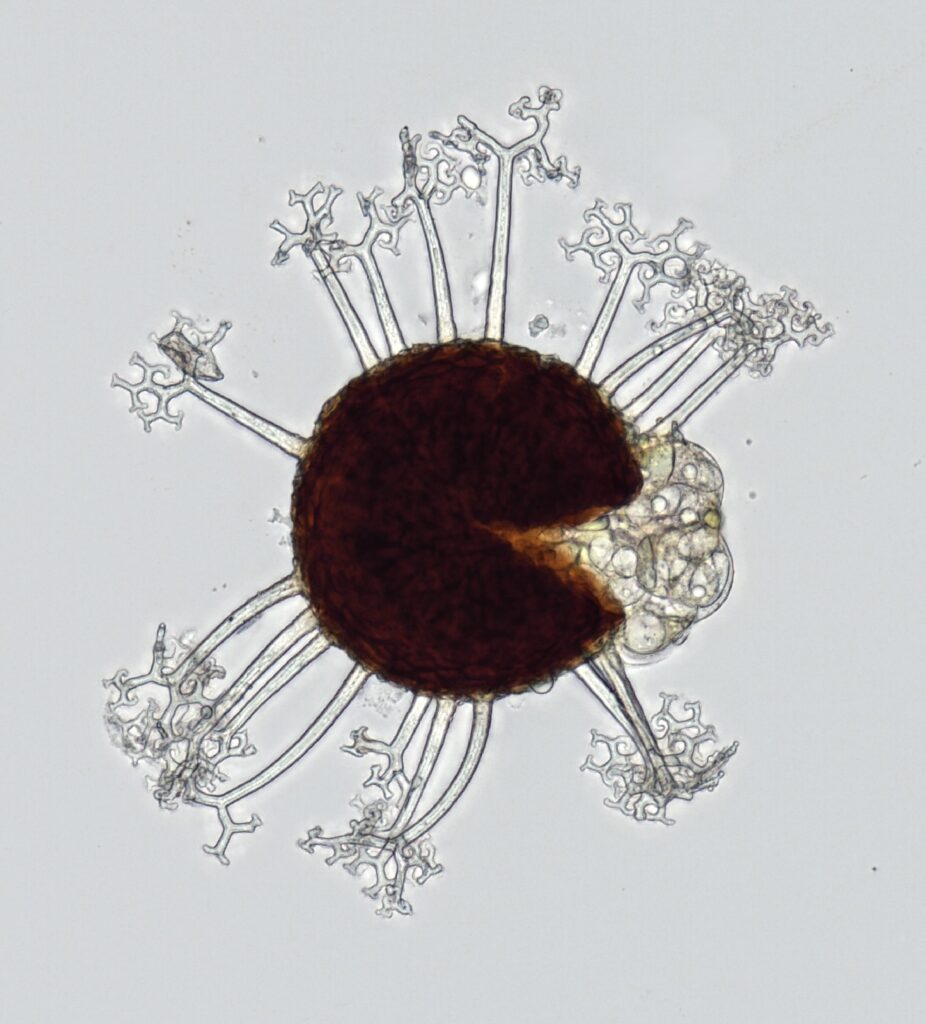Fungarium Data
Evaluating herbarium specimens in our lab is crucial for addressing a range of ecological, epidemiological, phylogenetic, and taxonomic challenges, especially when dealing with powdery mildews and other plant pathogenic fungi. These fungi often present difficulties for genomic analysis due to their unculturable nature, leading to limited DNA availability and frequent contamination with extraneous plant or fungal DNA. Additionally, the DNA in herbarium specimens typically degrades over time, resulting in small fragments that are challenging to analyze.
Despite these obstacles, herbarium specimens are invaluable in understanding the history and evolution of plant pathogen systems. They provide critical insights for testing various hypotheses in plant pathology, ecology, and evolution. Herbaria around the world, some housing specimens several centuries old, serve as rich resources for studying changes in pathogen populations over time, the impacts of climate change on diseases, and aiding in accurate taxonomic classification, especially among obligate plant pathogens.
Our lab’s research leverages these herbarium resources to uncover the genetic structure and evolutionary history of plant pathogens. We develop specific techniques for sequencing these challenging specimens, adapting our methods to overcome the issues of DNA degradation and contamination. This approach allows us to investigate the genetic variations and adaptations of pathogens over time, offering valuable insights into their evolutionary trajectories.
The ultimate goal of our research is to enhance our understanding of plant-pathogen interactions through historical genetic data, aiding in the development of more effective disease management strategies and contributing to the broader field of plant pathology and evolutionary biology.
